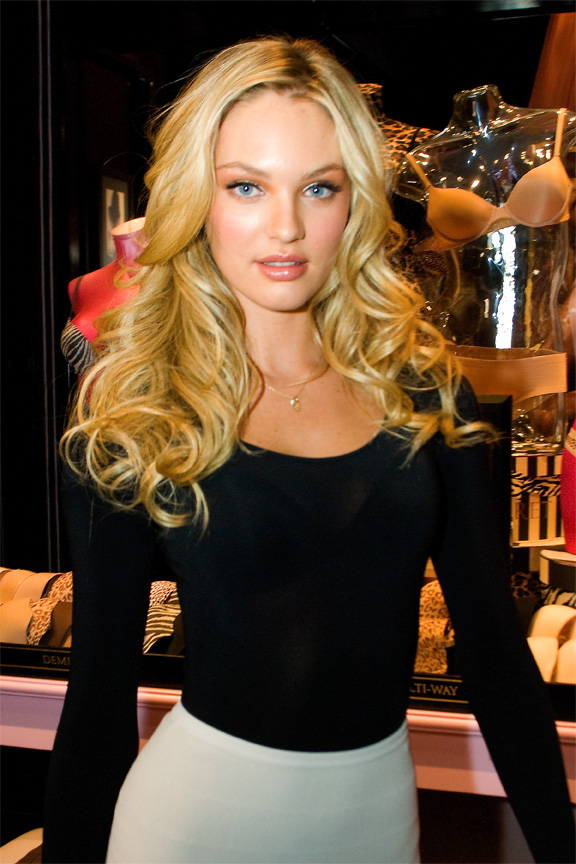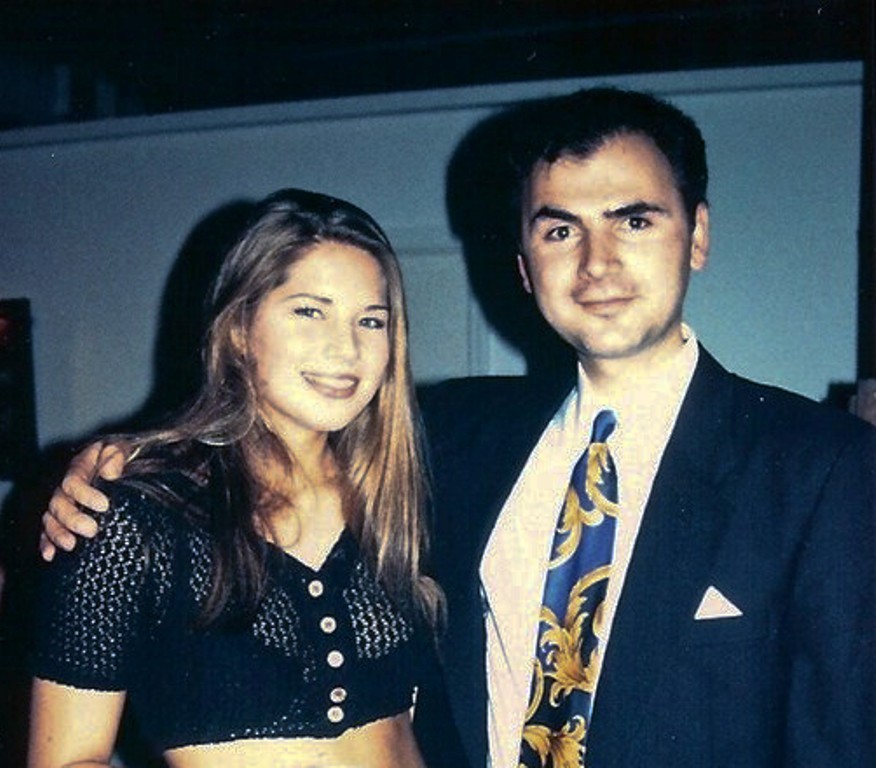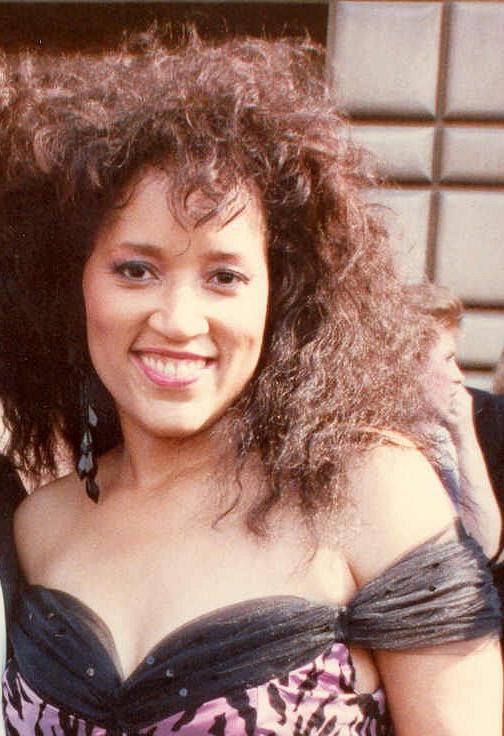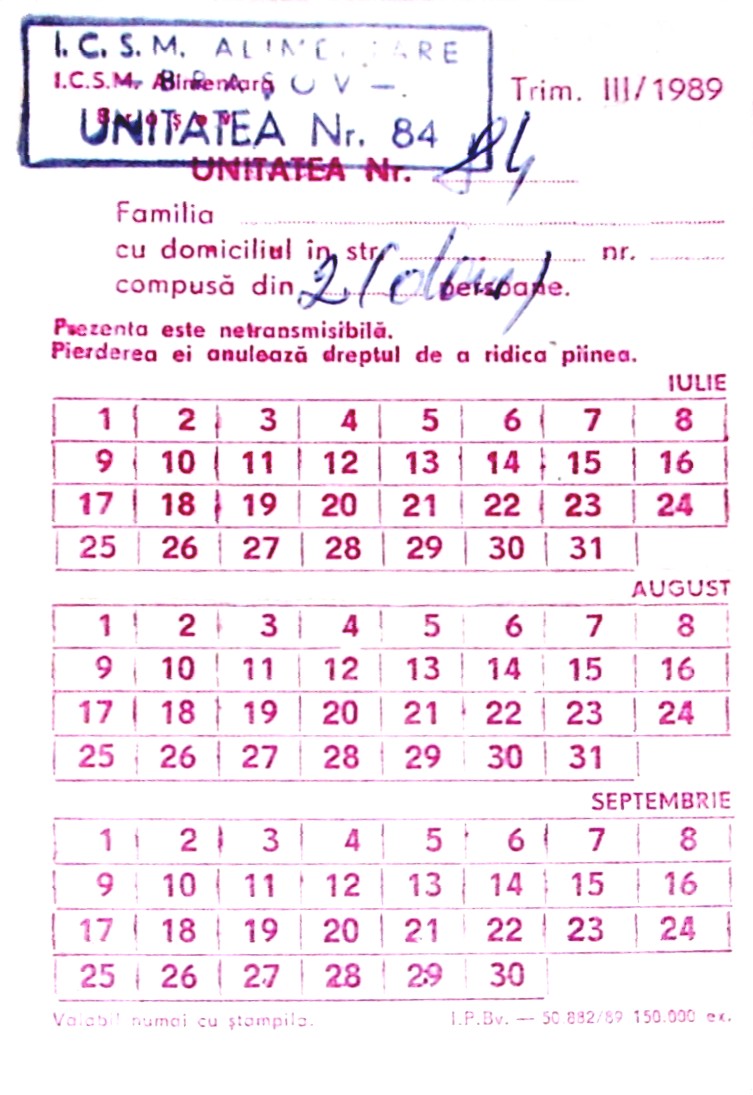|
Pencil Skirt
A pencil skirt is a slim-fitting skirt with a straight, narrow cut. Generally the hem falls to, or is just below, the knee and is tailored for a close fit. It is named for its shape: long and slim like a pencil. Style The pencil skirt may be worn either as a separate piece of clothing or as part of a suit. A pencil skirt usually has a vent at the back, or less commonly at the sides, since its slim, narrow shape can otherwise restrict the movement of the wearer. Sometimes a kick pleat, which exposes less skin, is used instead of a vent. Pencil skirts made from stretchy knitted fabrics do not normally need vents or pleats. Some classic shoes for wearing with a pencil skirt are pumps, or high heels, with sheer stockings or tights. Back-seamed hosiery recalls the classic pencil-skirt era of the 1950s. Pencil skirts can also be worn with flats for a more casual, youthful appearance that echoes the 1960s. Pencil skirts and loafers are classic preppy wear. History Narrow-fitting ... [...More Info...] [...Related Items...] OR: [Wikipedia] [Google] [Baidu] |
Christian Dior
Christian Ernest Dior (; 21 January 1905 – 24 October 1957) was a French fashion designer, best known as the founder of one of the world's top fashion houses, Christian Dior SE, which is now owned by parent company LVMH. His fashion houses are known all around the world, specifically "on five continents in only a decade" (Sauer). He was the second child of a family of seven, born to Maurice Dior and Madeleine Martin, in the town of Granville. Dior's artistic skills led to his employment and design for various well-known fashion icons in attempts to preserve the fashion industry during World War II. Post-war, he founded and established the Dior fashion house, with his collection of the " New Look" revolutionising women's dress and contributing to the reestablishment of Paris as the centre of the fashion world. Throughout his lifetime, he won numerous awards for Best Costume Design. Upon his death in 1957, various contemporary icons paid tribute to his life and work. Early ... [...More Info...] [...Related Items...] OR: [Wikipedia] [Google] [Baidu] |
2010s Fashion
The 2010s were defined by hipster fashion, athleisure, a revival of austerity-era period pieces and alternative fashions, swag-inspired outfits, 1980s-style neon streetwear, and unisex 1990s-style elements influenced by grunge and skater fashions. The later years of the decade witnessed the growing importance in the western world of social media influencers paid to promote fast fashion brands on Pinterest and Instagram. Popular global fashion brands of the decade included Abercrombie and Fitch, Adidas, Balenciaga, Ben Sherman, Burberry, Christian Dior, Coach, DSquared2, Dorothy Perkins, Fashion Nova, Forever 21, Gucci, H&M, Hollister, Hugo Boss, Lacoste, Louis Vuitton, Marks and Spencer, Michael Kors, Monsoon Accessorize, Nike, Nine West, Off-White, River Island, Supreme, Topman, Topshop, Uniqlo, Under Armour, and Vans. Designers and models The leading European and American designers of the early 2010s included Nicolas Ghesquière, Miuccia Prada, Frida Giannini, Ma ... [...More Info...] [...Related Items...] OR: [Wikipedia] [Google] [Baidu] |
2000s Fashion
2000s fashion is often described as being a global mash up, where trends saw the fusion of vintage styles, global and ethnic clothing (e.g. boho), as well as the fashions of numerous music-based subcultures. Hip-hop fashion generally was the most popular among young people of all sexes, followed by the retro inspired indie look later in the decade. Those usually age 25 and older adopted a dressy casual style which was popular throughout the decade. Globalization also influenced the decade's clothing trends, with the incorporation of Middle Eastern and Asian dress into mainstream European, American and Australasian fashion. Furthermore, eco-friendly and ethical clothing, such as recycled fashions and fake fur, were prominent in the decade. In the early 2000s, many mid and late 1990s fashions remained fashionable around the globe, while simultaneously introducing newer trends. The later years of the decade saw a large-scale revival of clothing designs primarily from the 1960s, ... [...More Info...] [...Related Items...] OR: [Wikipedia] [Google] [Baidu] |
1990s Fashion
Fashion in the 1990s was defined by a return to minimalist fashion, in contrast to the more elaborate and flashy trends of the 1980s. One notable shift was the mainstream adoption of tattoos, body piercings aside from ear piercing and, to a much lesser extent, other forms of body modification such as branding. In the early 1990s, several late 1980s fashions remained very stylish among both sexes. However, the popularity of grunge and alternative rock music helped bring the simple, unkempt grunge look to the mainstream by 1994. The anti-conformist approach to fashion led to the popularization of the casual chic look that included T-shirts, jeans, hoodies, and sneakers, a trend which continued into the 2000s. Additionally, fashion trends throughout the decade recycled styles from previous decades, notably the 1950s, 1960s and 1970s. Due to increased availability of the Internet and satellite television outside the United States, plus the reduction of import tariffs under NAFTA, ... [...More Info...] [...Related Items...] OR: [Wikipedia] [Google] [Baidu] |
1980s Fashion
Fashion of the 1980s was characterized by a rejection of 1970s fashion. Punk fashion began as a reaction against both the hippie movement of the past decades and the materialist values of the current decade. The first half of the decade was relatively tame in comparison to the second half, which was when apparel became very bright and vivid in appearance. Hair in the 1980s was typically big, curly hair, curly, bouffant and heavily styled. Television shows such as ''Dynasty (1981 TV series), Dynasty'' helped popularize the high volume bouffant and glamorous image associated with it. Women in the 1980s wore bright, heavy makeup. Everyday fashion in the 1980s consisted of light-colored lips, dark and thick eyelashes, and pink or red rouge (cosmetics), rouge (otherwise known as blush). Some of the top fashion models of the 1980s were Brooke Shields, Christie Brinkley, Gia Carangi, Joan Severance, Kim Alexis, Carol Alt, Yasmin Le Bon, Renée Simonsen, Kelly Emberg, Inès de La Fressa ... [...More Info...] [...Related Items...] OR: [Wikipedia] [Google] [Baidu] |
1970s Fashion
Fashion in the 1970s was about individuality. In the early 1970s, ''Vogue'' proclaimed "There are no rules in the fashion game now" due to overproduction flooding the market with cheap synthetic clothing. Common items included mini skirts, bell-bottoms popularized by hippies, vintage clothing from the 1950s and earlier, and the androgynous glam rock and disco styles that introduced platform shoes, bright colors, glitter, and satin. New technologies brought advances in production through mass production, higher efficiency, generating higher standards and uniformity. Generally the most famous silhouette of the mid and late 1970s for both genders was that of tight on top and loose on bottom. The 1970s also saw the birth of the indifferent, anti-conformist casual chic approach to fashion, which consisted of sweaters, T-shirts, jeans and sneakers. The French designer Yves Saint Laurent and the American designer Halston both observed and embraced the changes that were happening in ... [...More Info...] [...Related Items...] OR: [Wikipedia] [Google] [Baidu] |
1960s Fashion
In a decade that broke many traditions, adopted new cultures, and launched a new age of social movements, 1960s fashion had a nonconformist but stylish, trendy touch. Around the middle of the decade, new styles started to emerge from small villages and cities into urban centers, receiving media publicity, influencing '' haute couture'' creations of elite designers and the mass-market clothing manufacturers. Examples include the mini skirt, culottes, go-go boots, and more experimental fashions, less often seen on the street, such as curved PVC dresses and other PVC clothes. Mary Quant popularized the not mini skirt, and Jackie Kennedy introduced the pillbox hat; both became extremely popular. False eyelashes were worn by women throughout the 1960s. Hairstyles were a variety of lengths and styles. Psychedelic prints, neon colors, and mismatched patterns were in style. In the early-to-mid 1960s, London "Modernists" known as Mods influenced male fashion in Britain. Designers w ... [...More Info...] [...Related Items...] OR: [Wikipedia] [Google] [Baidu] |
1950s Fashion
Year 195 ( CXCV) was a common year starting on Wednesday (link will display the full calendar) of the Julian calendar. At the time, it was known as the Year of the Consulship of Scrapula and Clemens (or, less frequently, year 948 ''Ab urbe condita''). The denomination 195 for this year has been used since the early medieval period, when the Anno Domini calendar era became the prevalent method in Europe for naming years. Events By place Roman Empire * Emperor Septimius Severus has the Roman Senate deify the previous emperor Commodus, in an attempt to gain favor with the family of Marcus Aurelius. * King Vologases V and other eastern princes support the claims of Pescennius Niger. The Roman province of Mesopotamia rises in revolt with Parthian support. Severus marches to Mesopotamia to battle the Parthians. * The Roman province of Syria is divided and the role of Antioch is diminished. The Romans annexed the Syrian cities of Edessa and Nisibis. Severus re-establish his head ... [...More Info...] [...Related Items...] OR: [Wikipedia] [Google] [Baidu] |
1940s Fashion
Year 194 ( CXCIV) was a common year starting on Tuesday (link will display the full calendar) of the Julian calendar. At the time, it was known as the Year of the Consulship of Septimius and Septimius (or, less frequently, year 947 '' Ab urbe condita''). The denomination 194 for this year has been used since the early medieval period, when the Anno Domini calendar era became the prevalent method in Europe for naming years. Events By place Roman Empire * Emperor Septimius Severus and Decimus Clodius Septimius Albinus Caesar become Roman Consuls. * Battle of Issus: Septimius Severus marches with his army (12 legions) to Cilicia, and defeats Pescennius Niger, Roman governor of Syria. Pescennius retreats to Antioch, and is executed by Severus' troops. * Septimius Severus besieges Byzantium (194–196); the city walls suffer extensive damage. Asia * Battle of Yan Province: Warlords Cao Cao and Lü Bu fight for control over Yan Province; the battle lasts for over 1 ... [...More Info...] [...Related Items...] OR: [Wikipedia] [Google] [Baidu] |
Rationing
Rationing is the controlled distribution of scarce resources, goods, services, or an artificial restriction of demand. Rationing controls the size of the ration, which is one's allowed portion of the resources being distributed on a particular day or at a particular time. There are many forms of rationing, although rationing by price is most prevalent. Rationing is often done to keep price below the market clearing, market-clearing price determined by the process of supply and demand in an free market, unfettered market. Thus, rationing can be complementary to incomes policies, price controls. An example of rationing in the face of rising prices took place in the various countries where there was rationing of gasoline during the 1973 energy crisis. A reason for setting the price lower than would clear the market may be that there is a shortage, which would drive the market price very high. High prices, especially in the case of necessities, are undesirable with regard to those ... [...More Info...] [...Related Items...] OR: [Wikipedia] [Google] [Baidu] |
Cold War
The Cold War is a term commonly used to refer to a period of geopolitical tension between the United States and the Soviet Union and their respective allies, the Western Bloc and the Eastern Bloc. The term '' cold war'' is used because there was no large-scale fighting directly between the two superpowers, but they each supported major regional conflicts known as proxy wars. The conflict was based around the ideological and geopolitical struggle for global influence by these two superpowers, following their temporary alliance and victory against Nazi Germany and Imperial Japan in 1945. Aside from the nuclear arsenal development and conventional military deployment, the struggle for dominance was expressed via indirect means such as psychological warfare, propaganda campaigns, espionage, far-reaching embargoes, rivalry at sports events, and technological competitions such as the Space Race. The Western Bloc was led by the United States as well as a number of other First W ... [...More Info...] [...Related Items...] OR: [Wikipedia] [Google] [Baidu] |



.jpg)





.png)